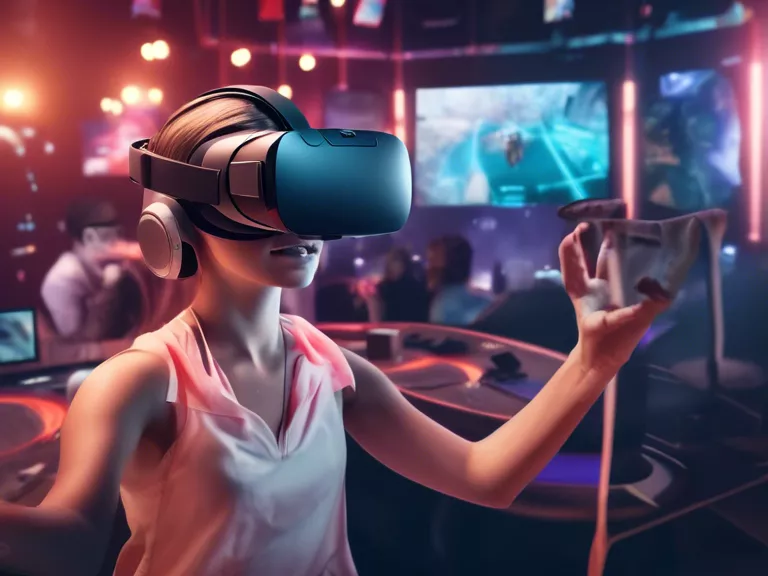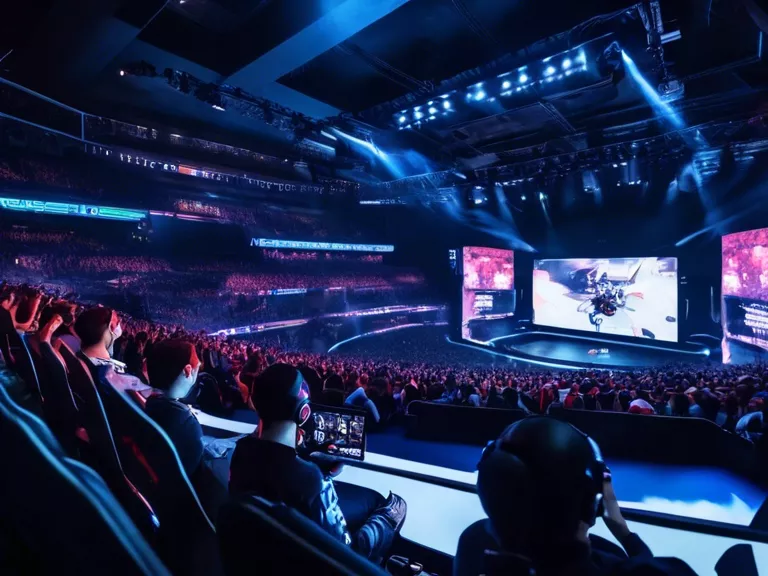
Virtual reality technology has revolutionized the way we experience gaming, creating new social gaming spaces that transcend physical boundaries. In this article, we will explore the role of virtual reality in shaping the future of gaming and how it has paved the way for unique social experiences in the gaming world.
With the advent of virtual reality (VR) technology, gamers can now immerse themselves in lifelike digital environments that feel almost real. This level of immersion has enabled the creation of new social gaming spaces where players can interact with each other in ways previously unimaginable. Whether it's exploring vast virtual worlds together or engaging in competitive multiplayer matches, VR has opened up a whole new dimension in social gaming.
One of the key advantages of VR in creating social gaming spaces is its ability to foster genuine connections between players. By embodying virtual avatars and interacting in realistic environments, gamers can feel a sense of presence and shared experiences that go beyond traditional online gaming. This has led to the rise of virtual communities and social hubs where players can meet, socialize, and collaborate in ways that mimic real-life interactions.
Moreover, VR has democratized social gaming by breaking down barriers of physical distance and accessibility. Players from different parts of the world can come together in a virtual space and engage in multiplayer games or cooperative activities, regardless of their geographical location. This has led to the formation of global gaming communities that transcend cultural differences and bring people together through a shared love of gaming.
In conclusion, the role of virtual reality in creating new social gaming spaces cannot be understated. By offering immersive experiences, fostering genuine connections, and connecting players from around the globe, VR has transformed the way we play and interact in the digital world. As technology continues to advance, we can expect even more innovative social gaming experiences to emerge, further blurring the lines between reality and virtuality.



